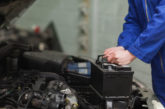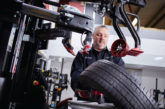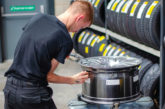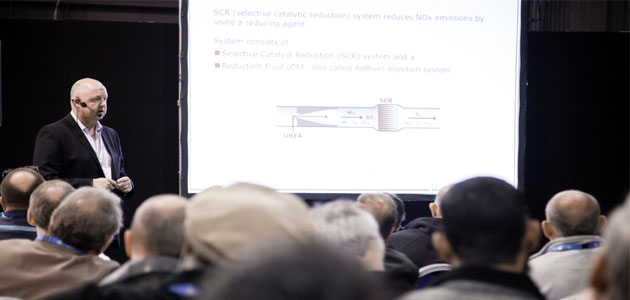
At the last MECHANEX show (Donington Park) I was asked by numerous garage owners and technicians where the future of automotive technology was likely to be heading.
Clearly, I have no definitive crystal ball; however, thanks to my commercial agreement with eXponentia and the seven component manufacturer shareholders, I can give you our best understanding of the innovations that are likely to shape the next few years.
What is driving automotive technology?
Firstly, we have to identify what it is that is driving this dramatic automotive technical revolution. Essentially, it is two emissions-related areas. I’m sure that readers will be aware by now that all cars sold within the EU have to meet Euro 5 emissions standards. These came into effect from September 2009 and although this had no real impact on petrol engine vehicles, their diesel counterparts were required to undergo some significant ‘tightening’ in comparison to the Euro 4 standard. This included the implementation of DPFs and the adoption of heat exchangers on the EGR system to reduce the formation of NOx.
Euro 6 is on its way
September 2014 will see the implementation of Euro 6 standards for petrol engine vehicles, however there is likely to be little, if any, change in these emission standards. For diesels, however, there will be a 55% reduction in the formation of NOx so, in most cases, this will acquire the adoption of SCR systems. It is therefore not unrealistic to imagine a Euro 6 diesel exhaust system containing some ten or more sensors and injectors over its entire length.
CO2 crack-down
The second emissions-related area relates to CO2 levels. Governments within Europe have concluded there is a direct correlation between CO2 and mpg and so, from 2015, a fleet average of 130g has been set. For a VM this equates to approximately 45mpg.
Unlike the Euro emissions targets – which VMs have no choice but to comply with – the CO2 target can be exceeded, however, every VM that comes in above the 130g target figure will be charged at a rate of €90 per 1g above that amount.
You may think that this equates to small change, however this charge is then multiplied by the number of cars that the manufacturer sells. A huge bill for those that are selling in high volumes therefore awaits, although the ruling doesn’t apply to those VMs who are shifting less than 10,000 cars per year. The target is going to be squeezed even tighter in 2020, with the figure being reduced to just 90g (65mpg).
Remember, this is an average fuel economy for all of the vehicles that are manufactured by that company, so how are VMs going to be able to achieve this?
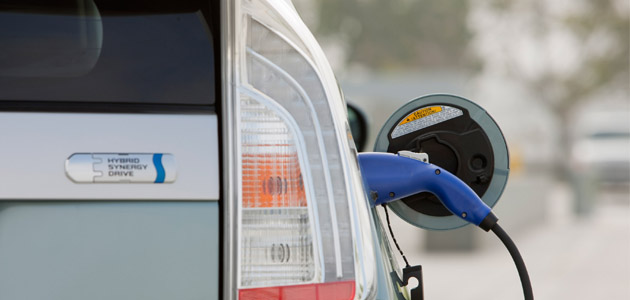
Radical thinking
The most obvious solution that has a significant reduction in the CO2 calculation, as well as being extremely easy and cost-effective to implement across most vehicles, is the mass adoption of Stop Start technology. It is acknowledged that by 2015 some 85% of all cars coming off of the production line will be equipped with this technology and this clearly opens a whole new field in terms of technical knowledge as, in most cases, these vehicles require 20 or more sensors in order for the system to function correctly, along with very specific battery management control.
Unfortunately, Stop Start systems will only help VMs achieve their 2015 targets, but are not enough to help them reach the 2020 objectives.
For this to occur we need a much more radical way of thinking, and this will likely come in the form of ‘plug-in’ hybrids. Most standard hybrids have a battery density of approximately 1.5 kWh, whereas the ‘plug-in’ Prius has a density of 5 kWh and the Volvo V 60 plug-in clocks in at 11 kWh – giving these vehicles over 30 miles of range on electric power only.
In July this year Transport for London was forced to reassess the CO2 limit for congestion charging. Previously set at less than 99g, last year more than 200 cars could meet this target and were free to travel in the centre of London. The revised limit now stands at just 75g and there are currently only four cars that meet this target – all of them ‘plug-in’ hybrids.
Steve’s ‘Hybrid Technology & Euro 6 Emissions’ presentation at our Sandown MECHANEX show offers further details about the ways in which legislation will shape technological changes. Make sure you secure your seat for what is a fascinating seminar.





